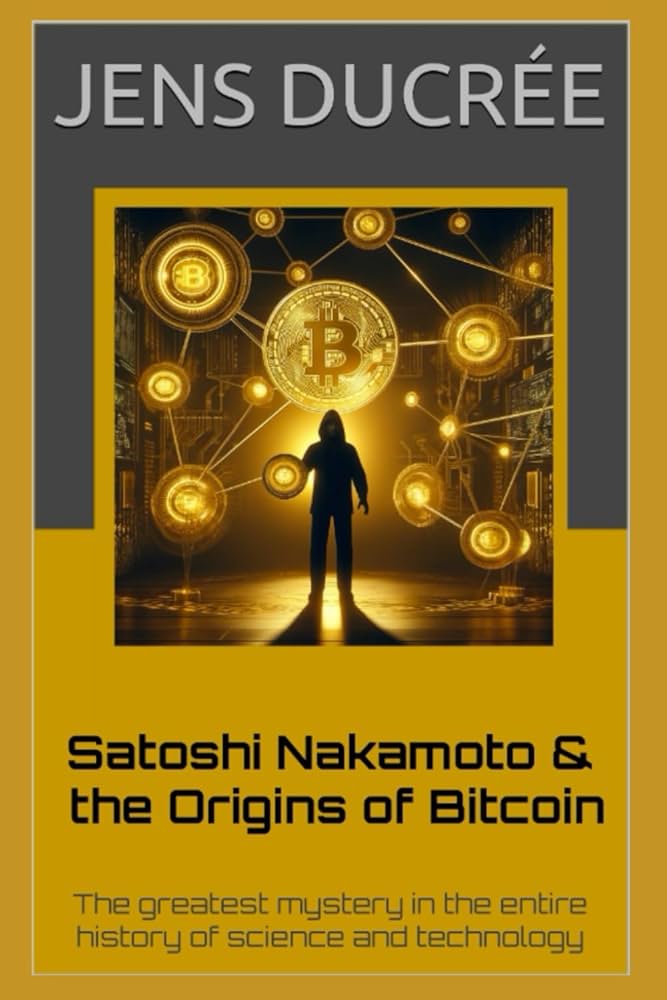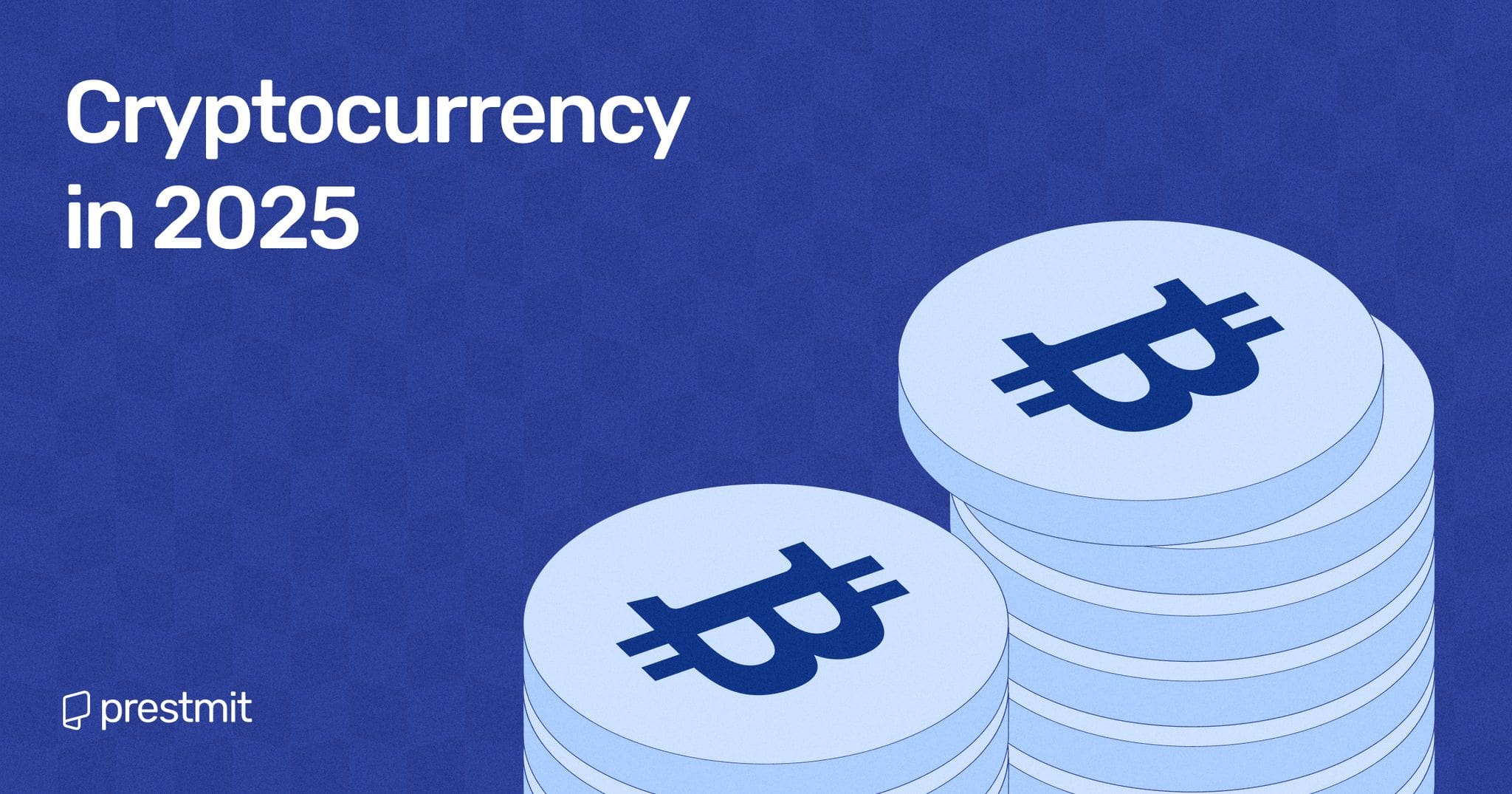
Unmasking the Enigma: Is Peter Todd the True Face of Satoshi Nakamoto?
A recent HBO documentary has reignited the debate surrounding the anonymity of Bitcoin’s creator, Satoshi Nakamoto, by positioning Canadian software developer Peter Todd as a potential candidate. Titled Money Electric: The Bitcoin Mystery, the film dives into the cryptic origins of the world’s first cryptocurrency, exploring Todd’s involvements and the many theories that surround Nakamoto’s identity.
Peter Todd, a core developer and notable figure in the cryptocurrency world.
Who is Peter Todd?
Peter Todd, now 39, has garnered attention as a key figure in the early development of Bitcoin. His journey into the world of cryptocurrency began at a mere 15 years old, immersed in discussions with some of the earliest contributors like Hal Finney and Adam Back. A graduate of the Ontario College of Art and Design, Todd’s expertise in cryptography and decentralization positioned him as an essential player in Bitcoin’s formative years.
The HBO documentary asserts that Todd is Nakamoto, weaving a narrative that draws upon interviews with pivotal figures in the Bitcoin community. Among those featured are Adam Back and Roger Ver, both of whom have been linked to Nakamoto in various speculations throughout the years. Cullen Hoback, the documentary’s creator, scrutinizes Todd’s history and contributions to Bitcoin, suggesting circumstantial evidence that might hint at a deeper connection.
The Documentary’s Bold Claims
Hoback’s exploration showcases numerous interviews, emphasizing Todd’s cryptographic skills and his involvement in Bitcoin’s early discussions. However, Todd himself vehemently denies these allegations, labeling them as “ludicrous.” At one point in the film, he humorously quips, “I am Satoshi Nakamoto,” a remark that has not mitigated speculation but rather intensified it.
In the context of Bitcoin’s inception, understanding who Nakamoto may be is critical. Bitcoin emerged in 2009, introduced through a now-legendary white paper that outlined a decentralized currency reliant on blockchain technology. Despite the fame and notoriety that Bitcoin has garnered, Nakamoto has remained a ghostly presence, vanishing from public discourse in 2011. The potential identities—ranging from the cryptographer Nick Szabo to the controversial Craig Wright—have been heavily debated, but Todd’s presentation in this documentary presents a new twist.
The Importance of Nakamoto’s Identity
Nakamoto’s identity matters greatly, not only for the lore of cryptocurrency but also for its future. The managing of the approximate one million Bitcoins locked in Nakamoto’s wallets—a sum valued at around $62.4 billion—could potentially impact the market profoundly if these coins ever enter circulation. As Todd pointed out, the mere existence of these wallets represents an unresolved narrative that adds layers of complexity to Bitcoin’s decentralized promise.
While Todd has positioned himself as a skeptic of being Nakamoto, some industry insiders and enthusiasts speculate whether the identity of the creator might still play a pivotal role in cryptocurrency adoption today. As Nic Carter, a notable cryptocurrency investor, stated, “The fact that Satoshi successfully pulled this off—it really is magical. I personally hope we never find out who Satoshi is.” This sentiment underlines a fundamental tenet of cryptocurrencies: anonymity is part of their allure.
The Search for Satoshi: A Cultural Phenomenon
The question of Nakamoto’s identity has become a phenomenon of its own, with countless individuals speculating about various candidates; from Dorian Nakamoto, who famously denied being Satoshi in 2014, to Craig Wright’s ongoing legal battles to be acknowledged as the creator. The documentary adds yet another layer to this enigma, inviting viewers to explore Todd’s background without conclusively identifying him as the elusive Nakamoto.
As Hoback states, “…nobody found anything electronic,” suggesting that true identification may remain frustratingly elusive. By historical standards, the notion that a singular figure could represent the revolutionary advent of cryptocurrency is almost counterintuitive. The entire idea of Bitcoin and blockchain technology is built upon a foundation that encourages decentralization and community governance, running counter to the ideals of traditional financial systems.
Concluding Thoughts
While Peter Todd insists he is not Satoshi Nakamoto, the documentary’s narrative reflects a broader cultural fixation with identifying the mysterious founder. As Bitcoin continues to grapple with its evolution—caught between adoption and skepticism—understanding Satoshi’s legacy becomes increasingly paramount. Whether Todd is indeed the individual behind Bitcoin remains uncertain, but the ongoing quest for the truth signifies not just the intrigue of cryptocurrency, but also our enduring fascination with identity and innovation.
 The vibrant community surrounding Bitcoin continues to thrive and evolve.
The vibrant community surrounding Bitcoin continues to thrive and evolve.
The allure of discovering who Satoshi Nakamoto might be can act as both a source of inspiration and a deterrent in the world of crypto. As we venture further into this digital frontier, the legacy of Nakamoto remains a testament to the power of anonymity and decentralization—principles that will continue shaping the landscape of digital currencies for years to come.
Further Exploration
For those keen to delve deeper into Bitcoin’s origins and the continuing mystery of Satoshi Nakamoto, exploring the full documentary Money Electric: The Bitcoin Mystery is recommended. The ongoing dialogues and debates within the crypto community reflect a growing interest in not just who created Bitcoin, but what the future holds for a technology that continues to redefine traditional financial structures.
You can keep up with the latest developments in Bitcoin and cryptocurrency by checking out resources such as CoinTelegraph and New York Magazine.














